Achievements
Giovanni De Micheli
Giovanni De Micheli has pioneered methods that map algorithmic descriptions of computation and communication into digital circuits and networks. His work has enabled designers to conceive electronic integrated circuits (ICs) and systems on chips (SoCs) by means of high-level language models, and then to compile such models into chip layouts, i.e. detailed descriptions ready for manufacturing. He has been instrumental in the creation of the Electronic Design Automation (EDA) industry that provides tools to realize virtually all electronic products.He was a Professor at Stanford University for 18 years, and now he is professor and director of the Integrated System Laboratory at EPFL, Lausanne, Switzerland.
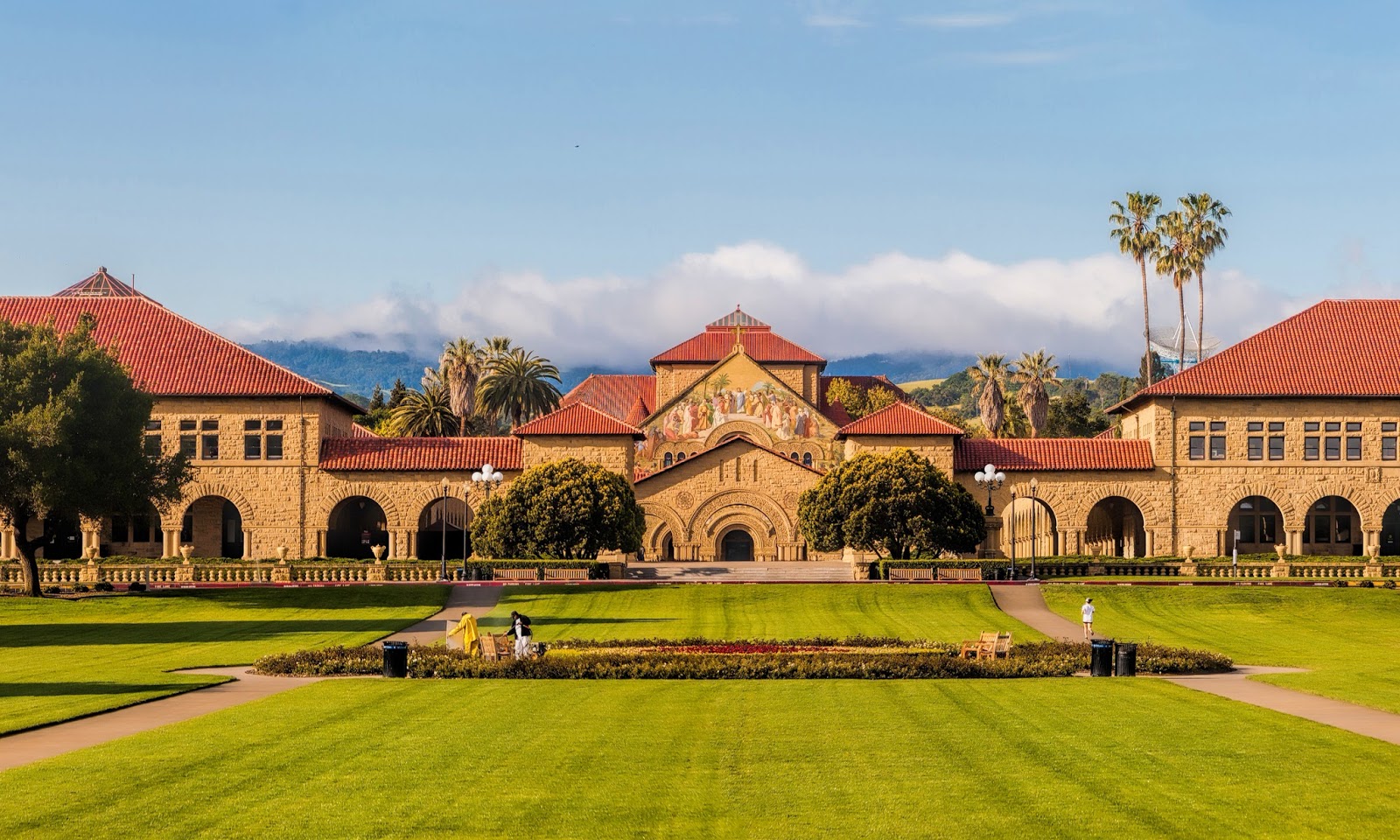

His most tangible breakthrough is the invention of Network on Chips (NoCs), that are structured realizations of on-chip interconnect among integrated hardware resources. In his visionary approach, he conceived IC components communicating through data packets, and he created the technological path to make NoCs energy efficient and competitive on silicon. His work laid the mathematical foundations of modeling and optimization of NoCs in terms of architectures and protocols and he invented algorithms that synthesize NoCs in terms of modular and programmable elements from high-level communication models. With the increasing complexity of ICs/SoCs, NoCs have become key and necessary elements to tame complexity, performance and power consumption. As a result, the NoC design methodology has been adopted by IC/SoC design houses and manufacturers, and NoCs are today ubiquitous in smart phones, intelligent vehicles and other consumer products. De Micheli’s original and seminal paper on NoCs is the second highest-cited paper in all EDA. His research group produced NoC synthesis tools (such as Xpipes and Sunfloor) and through startup INOCS – acquired by Arteris Inc. – his research ideas have become part of the largest commercial venture in NoCs.
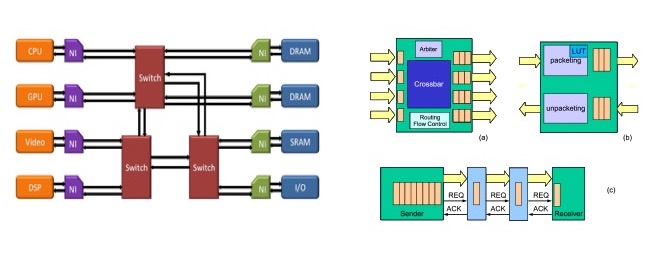
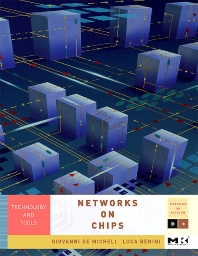
Over his career, he contributed to many other design algorithms and methods that complement NoC synthesis and optimization and enable full IC/SoC top-down design. He pioneered hardware compilation from high-level languages including C with pointers, used by NEC to design computer components, and by MentorGraphics’s tool CatapultC for FPGA design. He invented encoding of finite-state machines and automatic insertion of gated clocks for low-power consumption, now used by the Compiler tool family of Synopsys Inc., the largest EDA tool provider. He was the first to solve efficiently the optimal cell-library mapping problem with Boolean matching, a key technology transferred from Stanford to Ambit (now Cadence) and to Magma (now Synopsys) in product BlastGates. He recently invented new logic synthesis methods, based on the majority algebra, and researched synthesis algorithms for emerging nanoscale technologies, including controlled-polarity transistors which he also invented. He contributed to Quantum Computing by designing algorithms and tools that map quantum algorithms into optimized quantum circuits. His activities include also the design, fabrication and test of integrated nano-sensors for biomedical applications, such as protein and ion sensors.
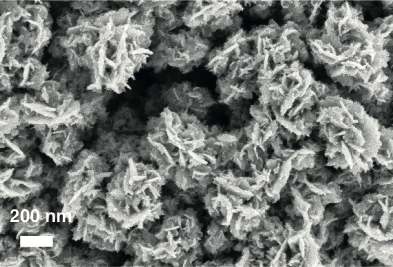

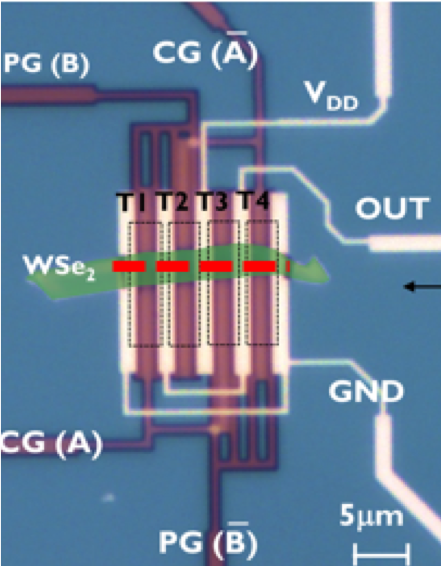 n
n

A common theme in De Micheli’s research is design of computing and communication systems with low-power consumption. He has been an early pioneer in green electronics which is essential for mobile computing and communication devices, by researching algorithms for clock gating in control and data-path design, as well as encoding schemes for digital data transmission. Later he pioneered dynamic power management (DPM) of digital systems by selective shutdown of hardware components using stochastic optimum control algorithms. Eventually he demonstrated the effectiveness of NoCs in achieving low-power on-chip communication while preserving performance. The realization of high-performance, low-power NoCs represents the culmination of his efforts supported by his previous successes.
De Micheli’s impact on the academic and industrial community is very broad. After Stanford, he has been Professor of Integrated Systems at EPFL Lausanne where he also was director of the Institute of Electrical Engineering for 12 years (2008-219). Some of his graduates are now tenured professors at various universities (e.g., UCSD, Purdue, GeorgiaTech, ETHZ, SNU, Yonsei, UCL, KULeuven) and some are having a successful industrial career (Jerry Yang and Dave Filo founded Yahoo!).
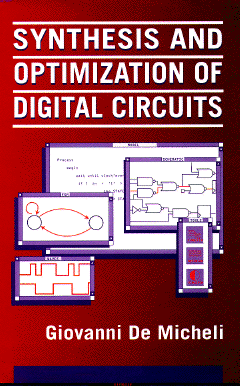
He wrote Synthesis and Optimization of Digital Circuits, that is the reference textbook in circuit synthesis with over 25,000 copies sold. His h-index is over 100 according to Google Scholar with a total of above 55’000 citations. He is also author (or co-author) of ten other books and over 900 technical articles. He has lectured throughout the world, including Kyoto and Waseda university in Japan and the National University of Singapore, Telecom Paris and Delft University. He is a Fellow of IEEE, AAAS and ACM, member of the Academia Europaea and an International Honorary Member of the American Academy of Arts and Sciences. He has advised several companies and consortia, such as STMicroelectronics and IMEC. As a founding advisor of Magma and Coware (now both Synopsys) he transferred to industrial tools the research done in Academia, enabling the successful design of thousands of integrated circuits in use in common products today.

De Micheli created and directed the Swiss Nano-Tera.ch research program to foster the use of electrical and computing technologies for health and the environment. This social objective of his research aims at bettering the society through the use of technology as well as attracting students to scientific research with a broad outreach. Whereas NoCs exploited networking in the microscopic domain, a key distinguishing factor of Nano-Tera.ch is the application of networking inside/around the human body for health monitoring and in the environment for its protection. Success stories of this program - where he directly contributed - include realizing biosensors and telemedicine chains for monitoring humans with chronic conditions as well as enabling ultrasound telesonography for fast diagnosis in remote areas. Overall Nano-Tera.ch has delivered computing and network open-access technologies for the bettering of society at large. The recent book “Nano-Tera.ch – Engineering the Future for Health, Environment and Energy” summarizes his achievement. He also directed the Center of Integrated Systems - CSI at EPFL, to foster research at the intersection of engineering, computer science and biology. The center hosted several international symposia and workshops.








 n
n